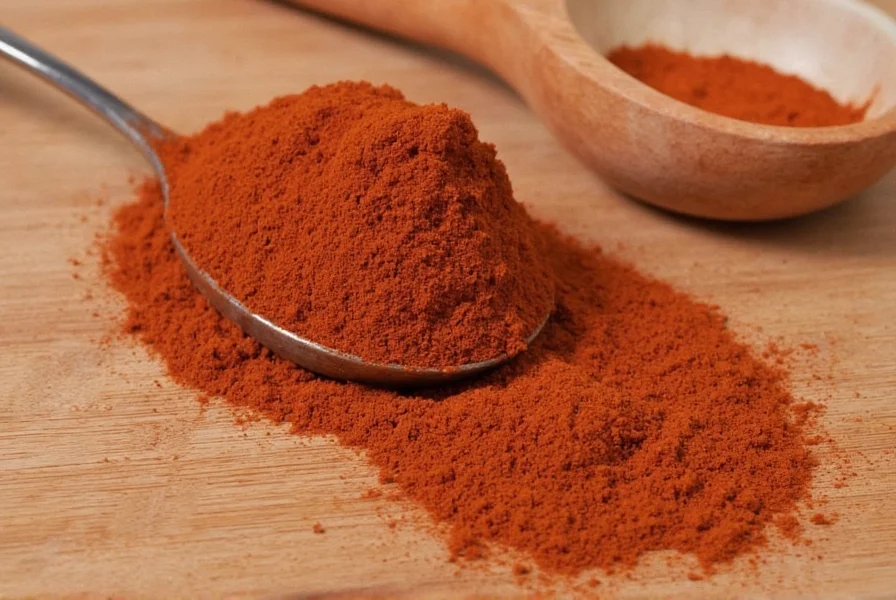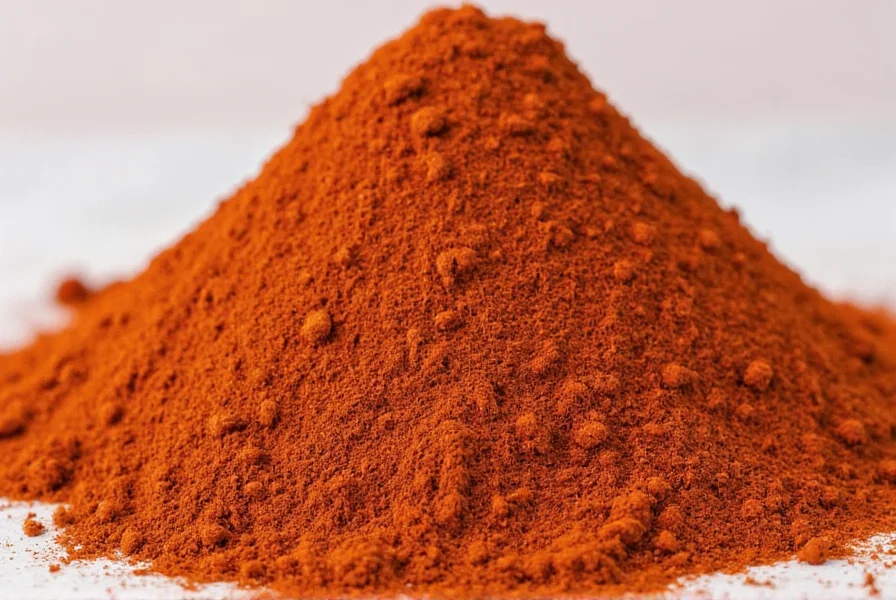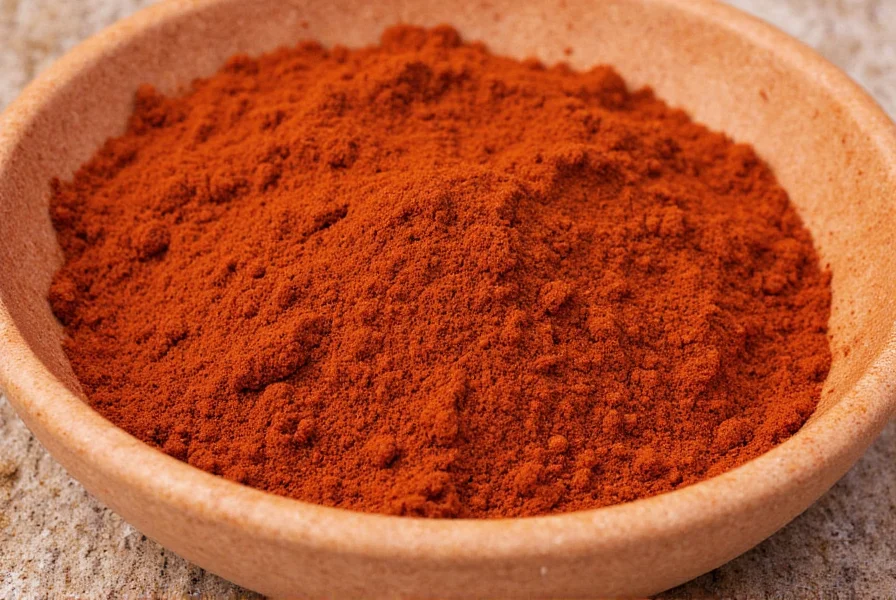Nothing compares to the rich, complex flavor of freshly made chili powder. Commercial blends often contain fillers and lose potency during extended shelf storage. By making your own, you control the ingredients, customize heat levels, and create a seasoning that elevates everything from tacos to stews. This guide reveals the authentic technique used by Mexican home cooks for generations.
Why Homemade Chili Powder Beats Store-Bought
Commercial chili powders typically contain anti-caking agents, fillers, and preservatives that dilute flavor. Most lose 40-60% of their volatile oils within six months of production. When you make chili powder from scratch:
- You preserve maximum flavor compounds through proper toasting techniques
- You avoid unnecessary additives like silicon dioxide or cornstarch
- You can tailor heat levels to your specific palate
- You create blends specific to regional Mexican cuisines
- You save money compared to premium artisanal brands
Essential Ingredients for Authentic Chili Powder
The foundation of exceptional chili powder comes from quality dried chilies. While recipes vary by region, these form the core:
| Chili Type | Flavor Profile | Heat Level (Scoville) | Best For |
|---|---|---|---|
| Ancho (dried poblano) | Fruity, raisin-like, mild earthiness | 1,000-2,000 | Foundational flavor, mole sauces |
| Guajillo | Berry-like, tangy, subtle heat | 2,500-5,000 | Red sauces, salsas, marinades |
| Chipotle (dried jalapeño) | Smoky, tobacco notes, medium heat | 2,500-8,000 | Barbecue, stews, bean dishes |
| Arbol | Sharp, grassy, intense heat | 15,000-30,000 | Adding significant heat without color change |
Complementary spices enhance complexity:
- Whole cumin seeds (toasted)
- Fresh garlic powder (not pre-mixed)
- High-quality Mexican oregano
- Unrefined sea salt
- Optional: cocoa powder for mole-style blends
Equipment You'll Need
Surprisingly minimal equipment creates professional results:
- Cast iron skillet or comal (traditional Mexican griddle)
- Mesh strainer (for removing seeds and veins)
- Spice grinder or high-powered blender
- Airtight glass container for storage
- Kitchen towels (for handling hot chilies)
Step-by-Step Homemade Chili Powder Recipe
Preparation (5 minutes)
- Remove stems and seeds from 8-10 dried chilies (use gloves if sensitive to capsaicin)
- Wipe chilies gently with a damp cloth to remove dust (never wash with water)
- Prepare 1 tsp each of whole cumin seeds and Mexican oregano
Toasting Process (8 minutes)
- Heat cast iron skillet over medium-low heat (no oil)
- Toast chilies for 20-30 seconds per side until fragrant but not smoking
- Immediately transfer to kitchen towel and cover to trap essential oils
- Toast cumin seeds separately until fragrant (about 1 minute)
Grinding and Blending (7 minutes)
- Break toasted chilies into small pieces
- Combine with 1 tsp toasted cumin, ½ tsp garlic powder, ½ tsp oregano, and ¼ tsp salt
- Grind in spice grinder in 30-second intervals until fine powder forms
- Sift through fine mesh strainer to remove fibrous bits
- Return coarse particles to grinder for additional processing
Regional Variations for Authentic Flavors
Mexico's diverse regions create distinctive chili powder blends. Customize your recipe:
- Central Mexico Style: Equal parts ancho, guajillo, and pasilla with extra cumin
- Oaxacan Mole Blend: Add 1 tsp unsweetened cocoa and a cinnamon stick while toasting
- Texas-Style: Increase arbol content and add a pinch of smoked paprika
- Mild Family Version: Use only ancho and guajillo chilies with extra garlic powder
Proper Storage for Maximum Freshness
Homemade chili powder loses potency faster than commercial versions due to lack of preservatives. Follow these storage guidelines:
- Store in airtight glass container away from light and heat
- Keep in pantry for up to 3 months or freeze for 12 months
- Never store above the stove or near dishwasher (heat and moisture degrade quality)
- Label with date and chili varieties used
- Refresh flavor by briefly re-toasting before use if stored longer than 2 months
Troubleshooting Common Issues
Even experienced cooks encounter these challenges when making chili powder:
- Problem: Bitter flavor
Solution: You likely toasted chilies too long. Reduce toasting time to 15-20 seconds per side next batch. - Problem: Inconsistent texture
Solution: Sift after grinding and reprocess coarse particles. High-powered blenders work better than standard spice grinders. - Problem: Weak flavor
Solution: Use fresher chilies (within 6 months of drying) and ensure proper toasting to release oils. - Problem: Too much heat
Solution: Remove all white veins and seeds from hotter chilies like arbol before toasting.
Using Your Homemade Chili Powder
While excellent as a 1:1 replacement for store-bought chili powder, your homemade version shines in these applications:
- Create authentic adobo sauce by mixing with vinegar and water
- Make quick taco seasoning (combine 2 tbsp chili powder with 1 tsp each cumin and garlic powder)
- Enhance chocolate desserts with a pinch for mole-inspired treats
- Add to dry rubs for meats before grilling
- Mix into mayonnaise for spicy dipping sauce

Mastering homemade chili powder transforms your cooking. The vibrant flavor and customization options make this simple technique worth mastering. Within 20 minutes, you'll create a seasoning blend that outperforms any commercial product while connecting you to authentic Mexican culinary traditions.

Frequently Asked Questions
Can I make chili powder without a spice grinder?
Yes, use a mortar and pestle for small batches. Toast chilies thoroughly first to make them more brittle, then grind in small portions. This traditional method takes more effort but produces excellent results.
How do I adjust heat level in homemade chili powder?
Control heat by selecting specific chilies and removing seeds/veins. For mild powder, use only ancho and guajillo. For medium heat, add some chipotle. For hot powder, include arbol or pequín. Remember that seeds and white veins contain most capsaicin.
Why shouldn't I wash dried chilies before making powder?
Moisture causes chilies to steam rather than toast properly, resulting in muted flavors. Instead, gently wipe with a dry or slightly damp cloth to remove dust. The essential oils that create flavor are water-soluble and would wash away.
Can I use fresh chilies to make chili powder?
No, fresh chilies contain too much moisture. Authentic chili powder requires properly dried chilies. You can dry fresh chilies in a food dehydrator at 135°F for 8-12 hours until brittle, but traditionally they're sun-dried in Mexico.
How can I tell if my dried chilies are still fresh enough to use?
Fresh dried chilies should be pliable (not brittle to the point of shattering) and have a vibrant color. When broken, they should release a strong, pleasant aroma. Avoid chilies that smell musty, look faded, or have insect damage.











 浙公网安备
33010002000092号
浙公网安备
33010002000092号 浙B2-20120091-4
浙B2-20120091-4